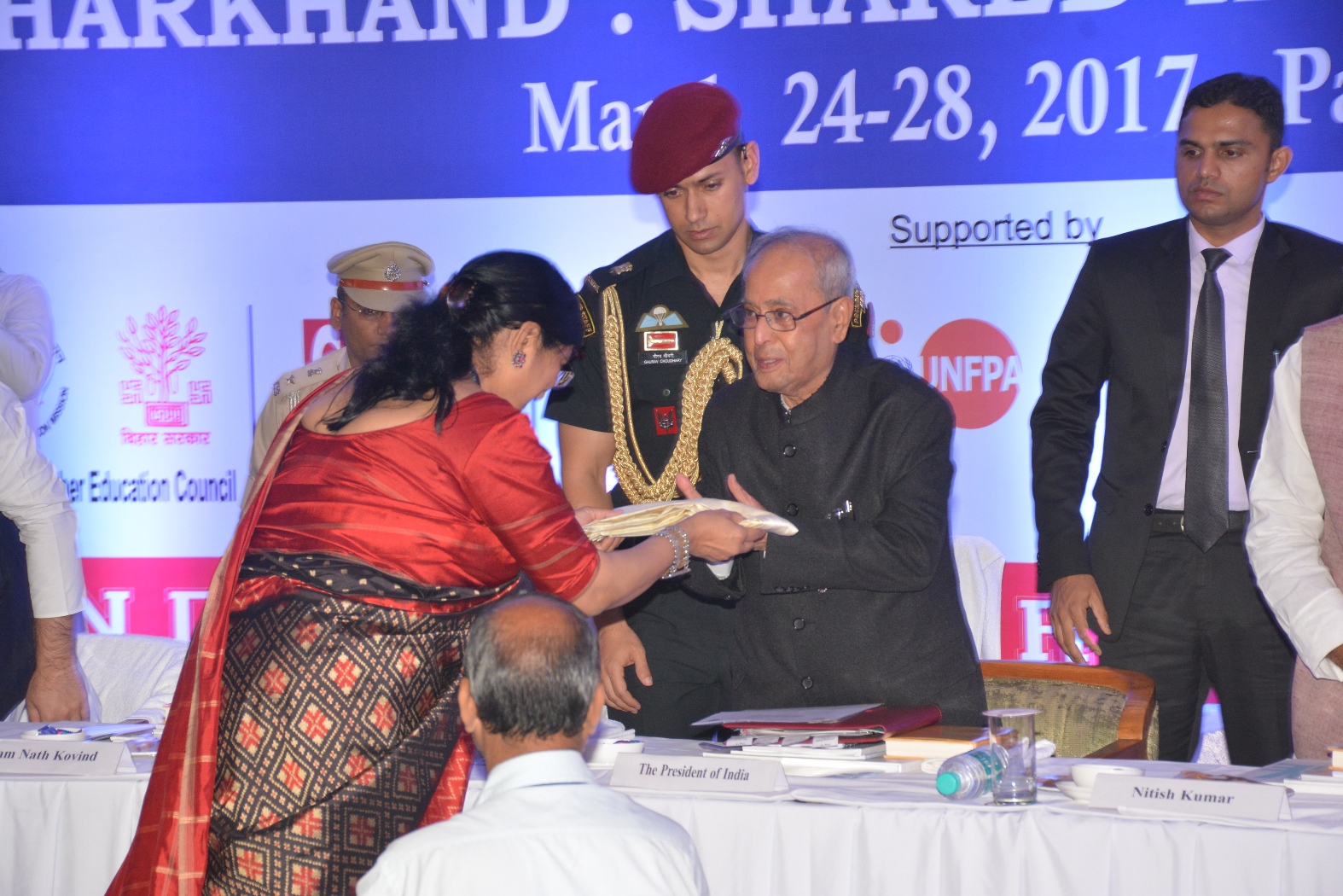Events of Adri society

Bihar and Jharkhand, right from ancient times, have attracted scholars attention for various reasons. The region that presently encompasses these two states holds histories that shape them even today. The region is remembered for its numerous achievements in ancient period, like the establishment of the first democracy of the world in Lichhavi, or the place where Buddhism first emerged, or the great centre of learning in Nalanda. Even during the colonial period, the two states played a stellar role in the independence struggle, starting with the Champaran struggle of Mahatma Gandhi. But this image of the two states, a land of glorious past, has now been overtaken by another one underlying its serious social and economic disadvantages and the complex socio-political forces that guide its destiny. Admittedly, the two states have experienced some positive changes in the recent past, but both have a long way to go before they can emerge as regions of prosperity and enlightenment.
Some of the socio-economic and cultural differences within the region cumulated in the partition of the region in 2000 and the formation of the two separate federal states. However, shared histories of development and decline continue to impact the region in the present time. The borders have separated the region politically but have not disunited the states socio-economically and/or culturally. As neighbouring states with shared pasts, the borders are porous, both literally and symbolically.
Bihar is one of the regions that have very limited natural endowments, thus, making the task of development demand extraordinary human effort. Before its partition in 2000, the state had enormous mineral wealth in its southern part, now Jharkhand; but even after the division, the present Bihar has large tracts of fertile land in its Gangetic plain. But, thanks to its agrarian history, dictated largely by the infamous Permanent Settlement regime, introduced by the colonial administration, the growth potential of its land resources is far from being fully realised. Educational backwardness and infrastructural poverty the result of states indifference during pre- as well as post-independence period are the two crucial needs that have turned the agenda of development even more challenging in present Bihar.
The story of Jharkhand is not much different, as its natural abundances have been unable to meet its peoples aspirations. No reassuring answers have appeared on the way out of this dismay. Its industries are churning out wealth that is revitalizing the capital, but it has left much of labour unattended. Such an opaque vision of development will only reinforce frictions in society. The state seriously needs to mull what would satisfy its people, and create a model of its own, if necessary. It also needs to ask how its preparing to cope with identities.
The polity of both Bihar and Jharkhand is sharply divided along class, caste and tribal identities. Unlike some other states, the political process here has deep roots that had started parallel to Indias independence struggle and various radical mobilisations. And, there were also caste-based mobilisations that probably started with certain social objectives but later acquired strong political implications. Some have witnessed an element of political democratisation in recent socio-political trends, while others underlined disconnect between democracy and development in that very trend.
Jharkhand and Bihar are now at a crossroad and one wonders which path they would tread in the near future. In their conference presentations, scholars will be invited to deliberate on above-mentioned shared histories of development, agitation, decline and divergences, muse on the present and speculate about the future of the region, based on recent state-specific experiences.